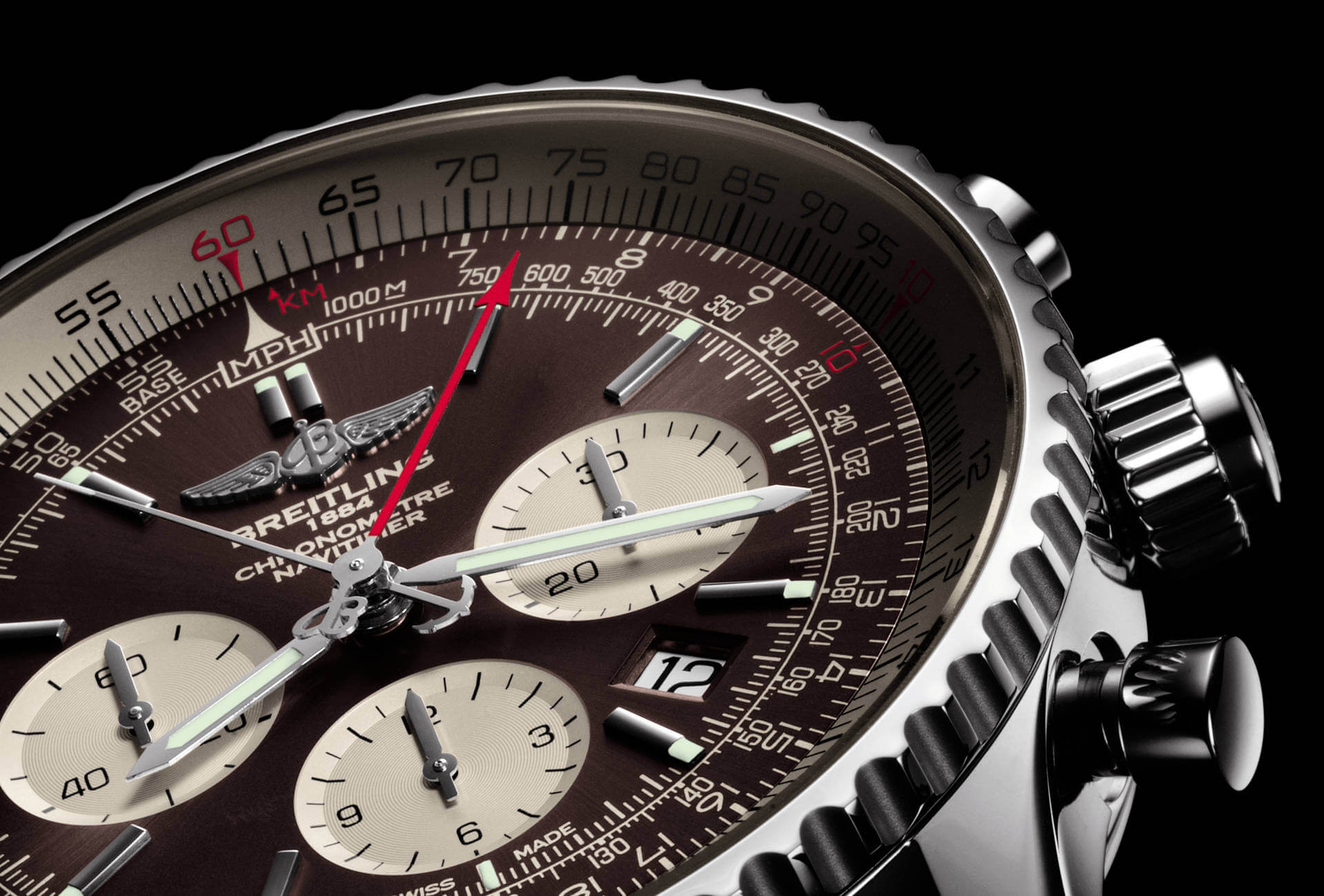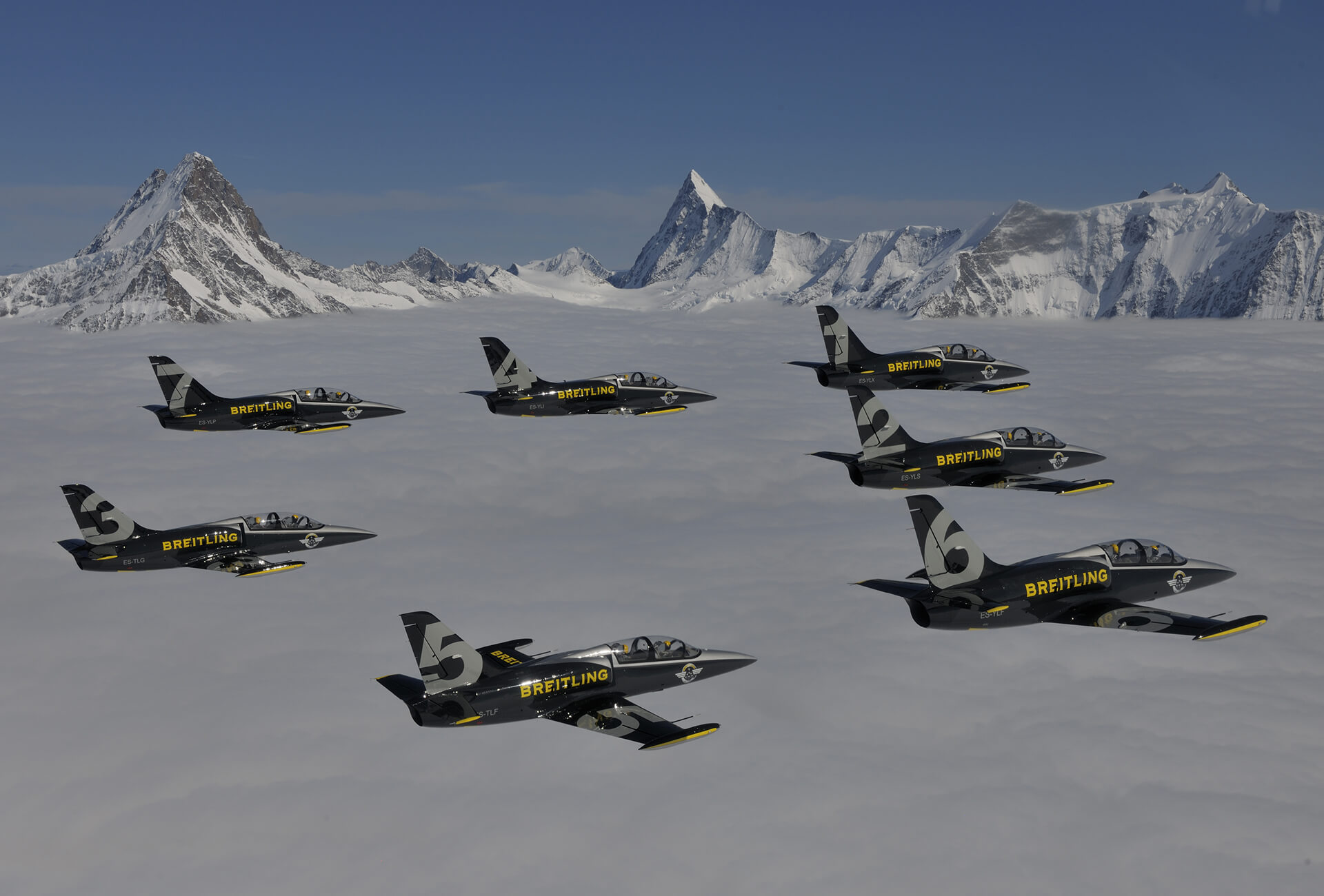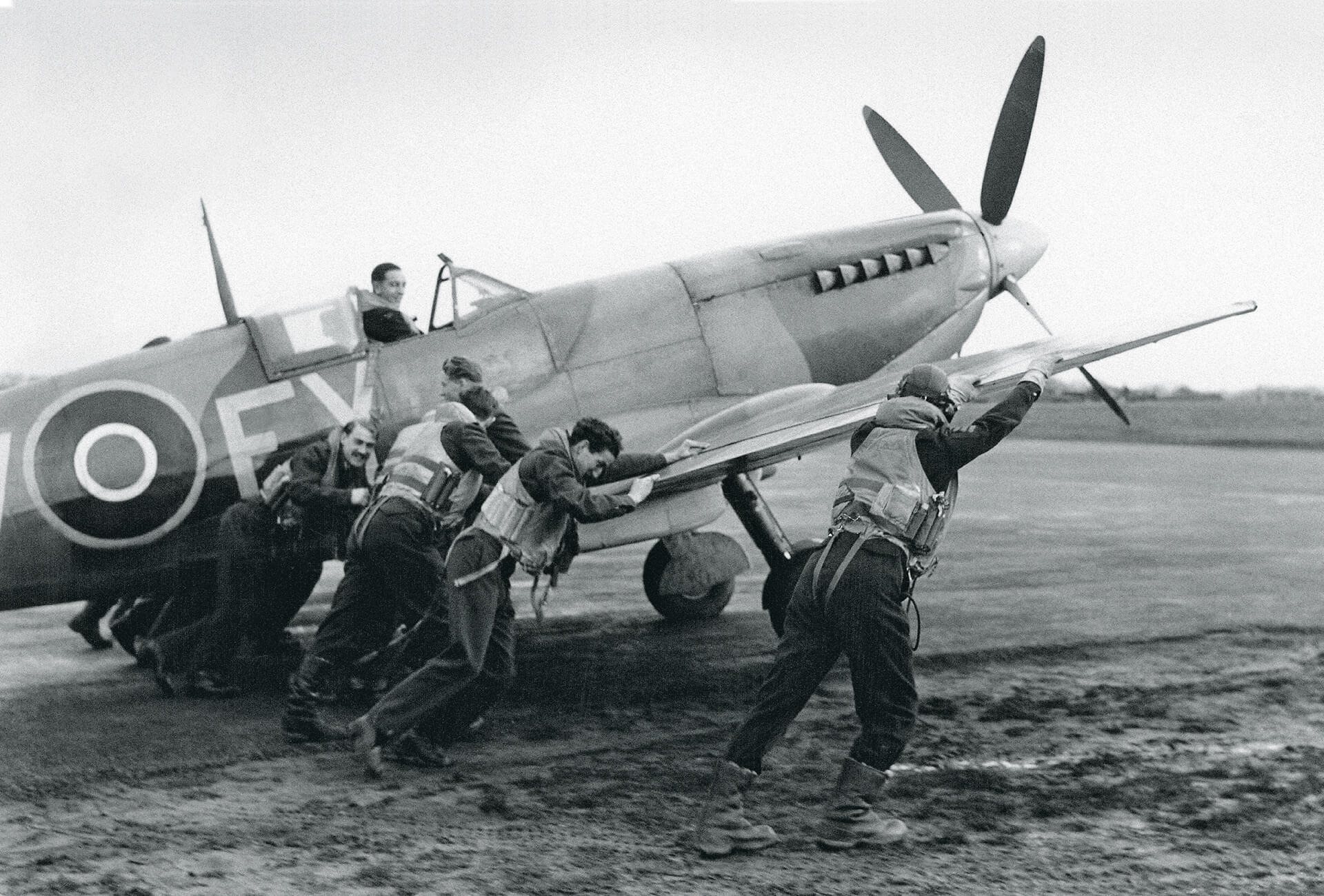Few companies make logarithmic scales a feature of their watches. Certainly the best-known and a specialist in the field is Breitling, with the Chronomat and later the Navitimer, although it doesn’t have exclusive claim on this function. Ikepod, designer Marc Newson’s brand, has used it on the Megapode in 2003, as has Richard Mille for certain of its special-use watches, including the RM 039 Aviation from 2012, and Ventura for the V-Matic Loga. A quick survey reveals that the majority of watch-wearers whose timepiece has such a function, be it a Breitling slide rule or an E6-B type, never use it for the simple reason they can’t remember how! Here’s our guide to a mechanical system that smartphones have just about condemned to history’s bottom drawer…
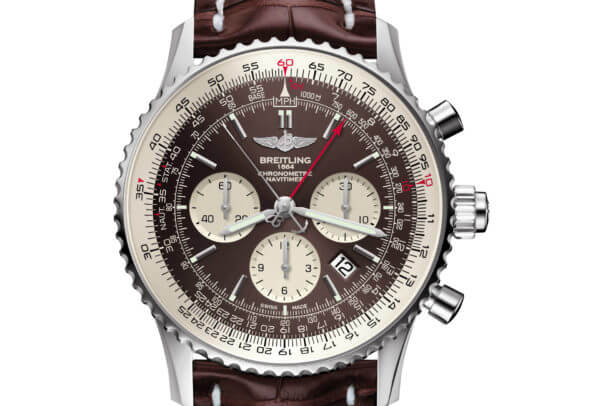
The basics, so you're not going round in circles
Until the mid-1970s, engineers and other tool-watch users learned their way around a linear slide rule at school, and had no difficulties adapting to its circular sibling, the delightfully named “whizz wheel”. These days, we’re not so handy with a slide rule, hence the need for a quick refresher course on logarithmic calculation before taking a closer look at the instrument itself, and what it can be used for.
The circular slide rule has a mobile scale (on a watch, this is on the bidirectional bezel), and a second, fixed scale (on the dial), each with its own graduations. Together they can be used to perform simple mathematical calculations such as multiplications, divisions, conversions and “rule of three” cross-multiplications.
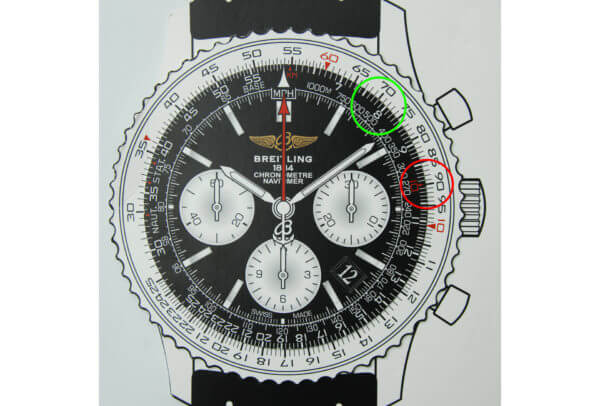
Multiplications: Look for the transferred red 10 on the fixed scale (between the markers for 2 and 3 o’clock). This is the reference for multiplications. Position one of the two numbers you want to multiply opposite it. For example, to multiply 9 by 8, rotate the mobile scale until the 9 aligns with the red 10, and read off the result from under the 8 on the fixed scale. That’s 72. Remember that multiplications are commutable, hence the result will be the same whichever of the two numbers is aligned with the 10 on the fixed scale.
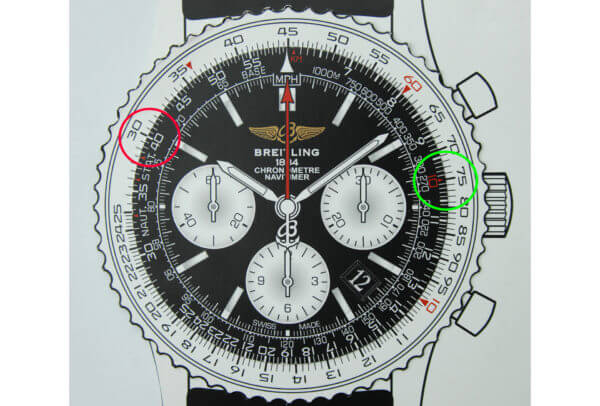
Divisions: First, remember that the dividend must always be on the rotating outer scale and the divisor on the fixed inner scale. With that clear, to divide (for example) 30 by 4, set 30 on the outer scale opposite 4 on the inner scale. All that remains is to read off the result opposite the red 10 on the fixed scale. The same method can be used to divide larger or smaller numbers, by adding or subtracting 0. For example, if your dividend is 154, you should align 15.4 on the outer scale with whatever your divisor is on the inner scale. Once again, the result will be opposite the red 10, between 2 and 3 o’clock on the dial.
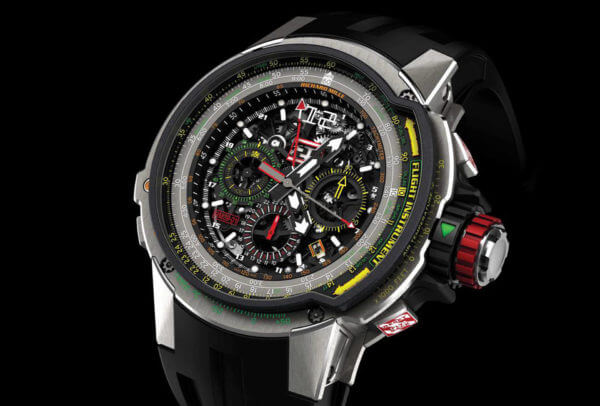
Speed and distance: Units of measure and distance are a common feature of the logarithmic scales used by Breitling, or the E6-B slide rule familiar to pilots. When incorporated into a bidirectional rotating bezel, they are a means of calculating fuel consumption, flight time, ground speed, wind impact, and for rapid unit conversions (nautical miles/kilometres – gallons/litres – feet/metres – pounds/kilograms). The one specificity of the Richard Mille RM 039 over other pilot watches is the capacity to calculate altitude and air density by way of a moveable indicator in the case band at 2 o’clock. To convert distances, line up the number of miles or kilometres with the indication for that unit, and the equivalent in the other units automatically aligns with the corresponding names (KM/NAUT/STAT).
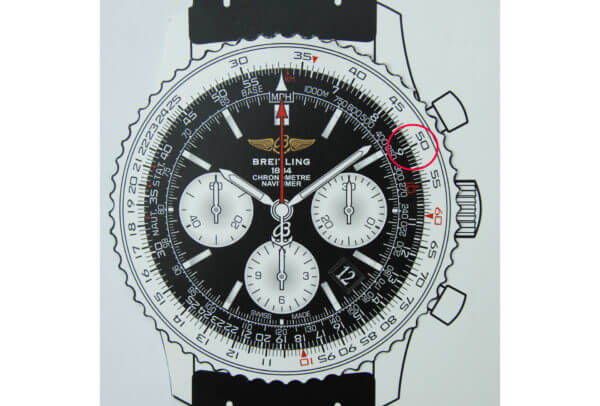
Currency and temperature conversions: The first thing you will need to know before converting currencies using the slide rule on a Breitling Navitimer is the current exchange rate. If, for example €1 = CHF 0.91, align 0.91 with the red 10 on the inner scale. The inner scale corresponds to euros and the outer scale to Swiss francs, with equivalent amounts in each currency opposite each other on these two scales. The method is the same for every currency, again provided the exchange rate is known.
The rotating scale (bezel) also serves to convert degrees Celsius to degrees Fahrenheit. First you need to know that one degree Fahrenheit equals 5/9th of one degree Celsius, and that you should subtract 32 from the temperature in degrees Fahrenheit. This done, line up 5 (50 on the rotating bezel) with 9 on the fixed scale. Now look on the fixed scale for the number you obtained after subtracting 32. The number opposite this is the equivalent in degrees Fahrenheit.
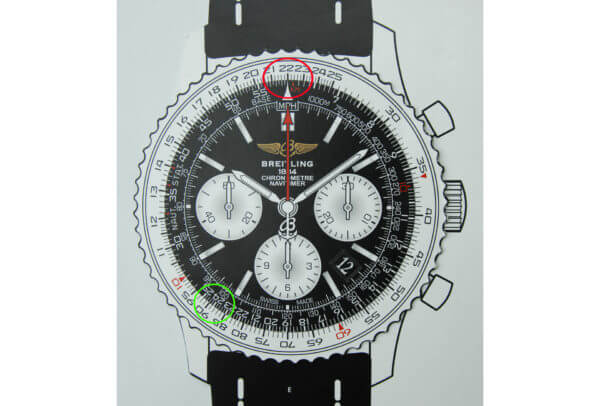
In-flight uses: The logarithmic scale that Breitling developed for its Navitimer in 1952 was intended first and foremost for pilots, and so it makes sense to look at the various flight-related calculations that it can be used for.
Fuel consumption: This calculation requires the pilot to know at least two of three variables: the amount of fuel, time, hourly fuel consumption. Imagine the pilot is flying a plane that burns 22 litres of fuel per hour, and that the flight will last 4 hours or 240 minutes. To calculate fuel consumption, position 22 (litres) opposite the hour marker at 12 and read off the figure at 240 minutes (24), which is 88 (litres).
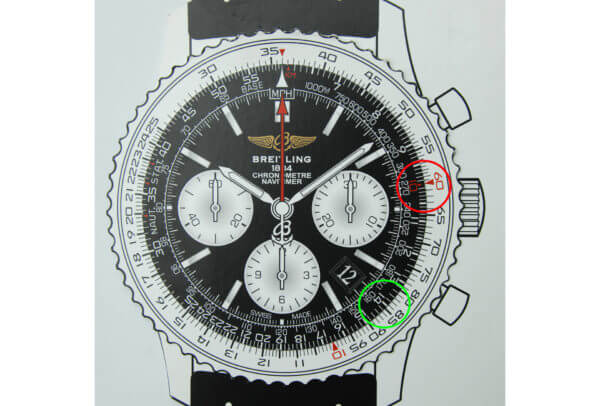
Rate of climb or descent: Again, the pilot needs to know at least two of three variables: altitude, time, rate of descent or climb. If, for example, the plane is climbing to 8,500 feet at an average of 600 feet per minute, to calculate time (how long it will take to reach the required altitude), the pilot aligns 600 (60) on the bezel with the red 10 on the fixed scale. The result is given opposite the number that corresponds to the final altitude (85 for 8,500), i.e. 14.10 minutes.
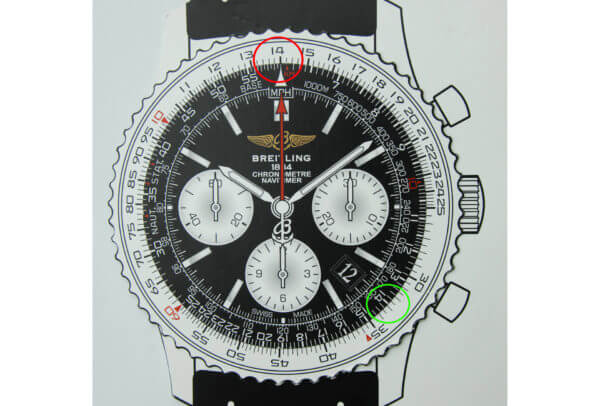
Distance of climb or descent: The pilot needs to know at least two of three variables: distance flown, time, rate of climb or descent. Supposing that the plane is travelling at 140 mph and that it reaches its altitude in 14.10 minutes, it has covered 33.1 nautical miles. To calculate this, set 140 (14) opposite MPH at noon. The result, 33.1 nautical miles, is shown opposite 14.10 (for the number of minutes), on the mobile scale.
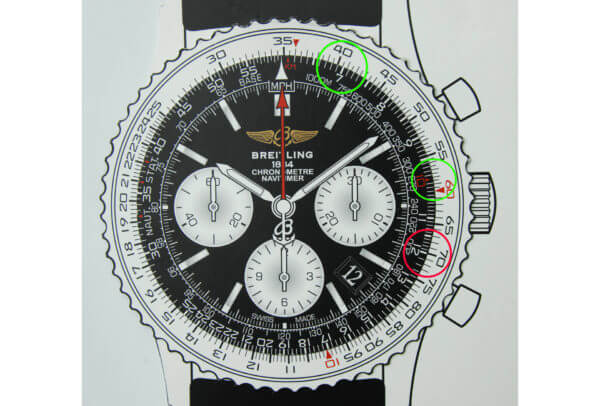
Rule of three: Breitling’s slide rule will also perform a type of cross-multiplication known as the “rule of three” in a single operation. Imagine a pilot stationed in France who wants to buy 12 bottles of wine at €70. He doesn’t have the cash, and wants to know how much 7 bottles would cost him. He takes his Navitimer and positions 70 on the mobile scale opposite 12 on the fixed scale. He then knows how much a single bottle of wine costs (€5.80, shown opposite the red 10) and how much 7 bottles will cost him (€40.60, shown opposite the 7 which is at 1 o’clock on the fixed scale). Cheers!








